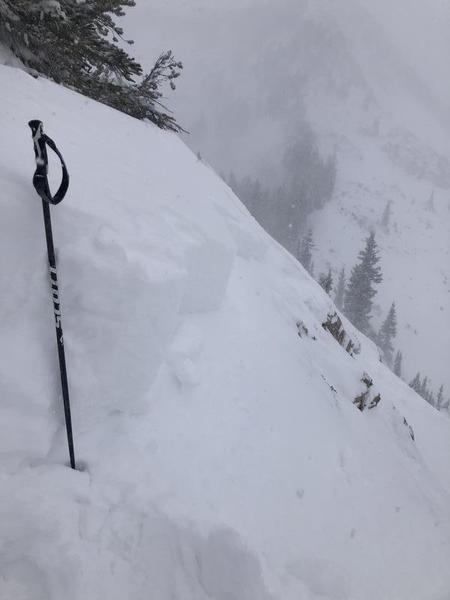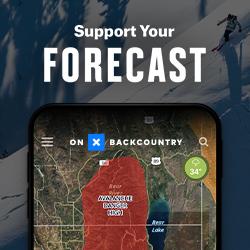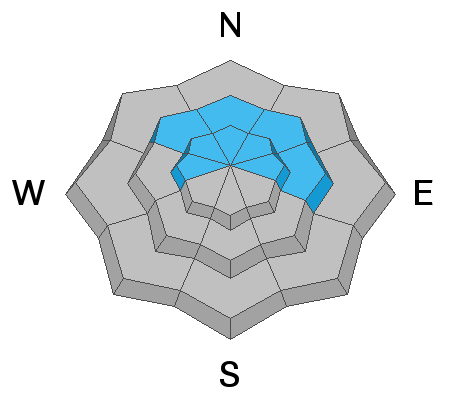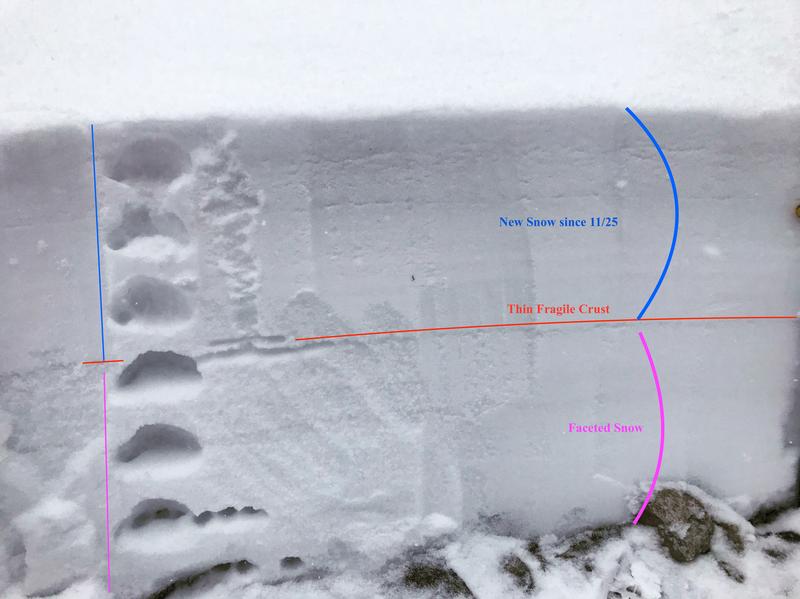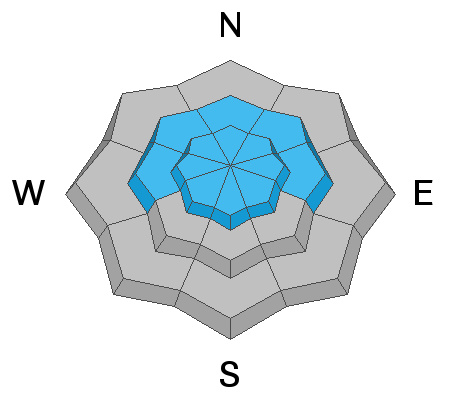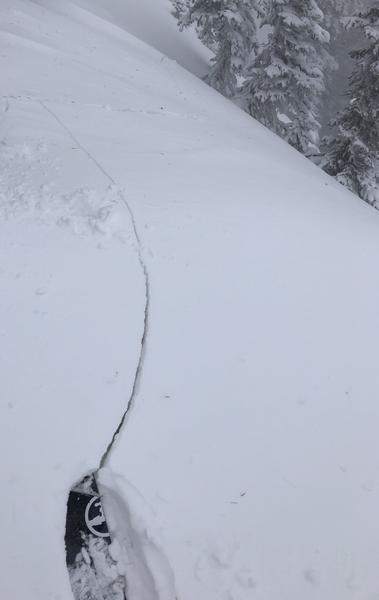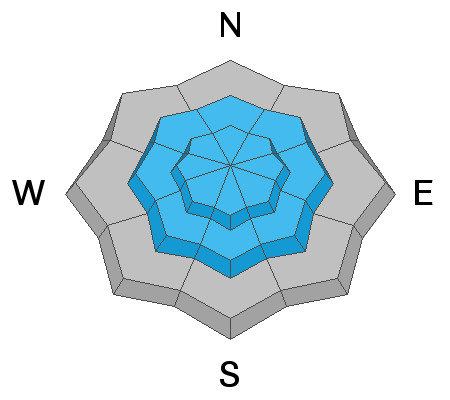Forecast for the Salt Lake Area Mountains

Issued by Nikki Champion on
Thursday morning, November 28, 2019
Thursday morning, November 28, 2019
Today, the avalanche danger is HIGH on upper elevation northerly facing slopes. There is wind and a lot of snow. As the storm progresses throughout the day natural avalanches are likely, and human-triggered avalanches very likely in steep wind drifted terrain. The combination of an increasing snow load, strong winds and a weak base of faceted snow means travel in avalanche terrain is not recommended.
Upper elevation southerly facing slopes, and the mid-elevation bands will be CONSIDERABLE as dangerous avalanche conditions exist due to increased winds and steady snowfall.
Slopes at low elevations and south-facing mid-elevation slopes simply didn't have that weak faceted basal layer or much a snowpack at all before this storm, thus they have a MODERATE danger.
What to do? The only viable strategy is to ride low angle slopes (less than 30 degrees in steepness) which are not steep enough for an avalanche and avoid being underneath steep slopes. Even a shallow avalanche could drag you through stumps, rocks, and trees.
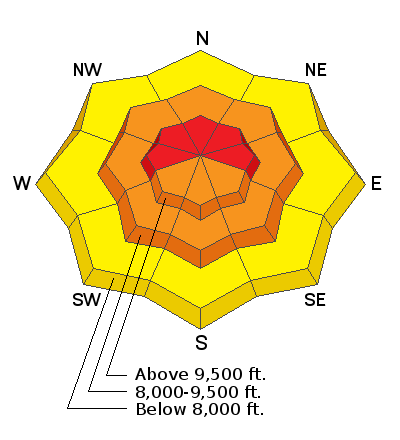
Low
Moderate
Considerable
High
Extreme
Learn how to read the forecast here



